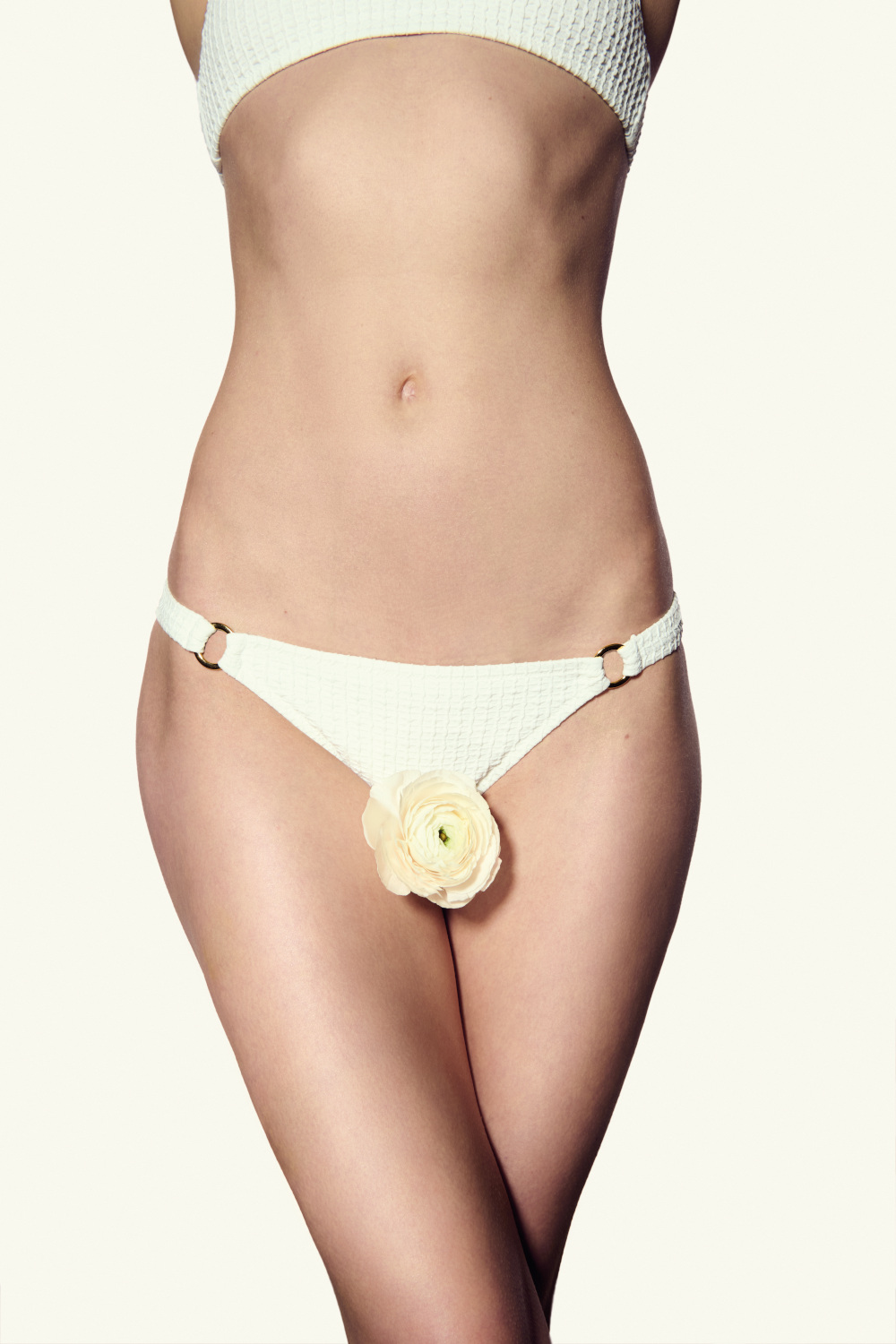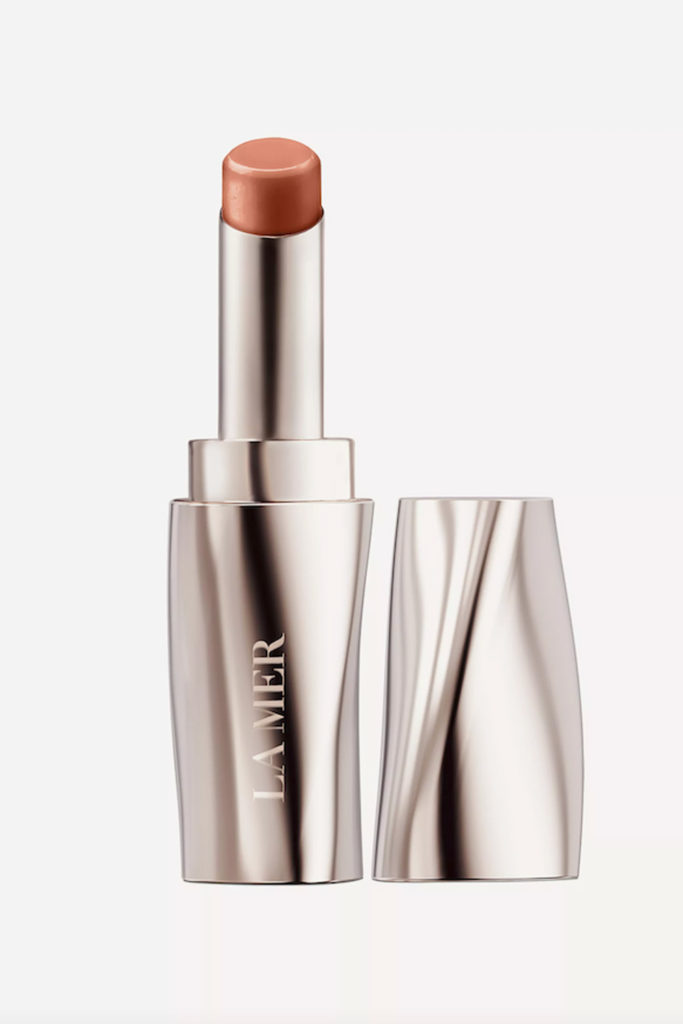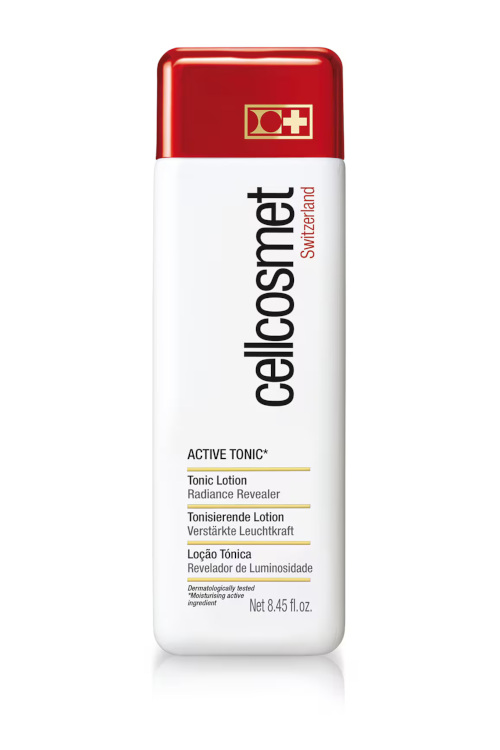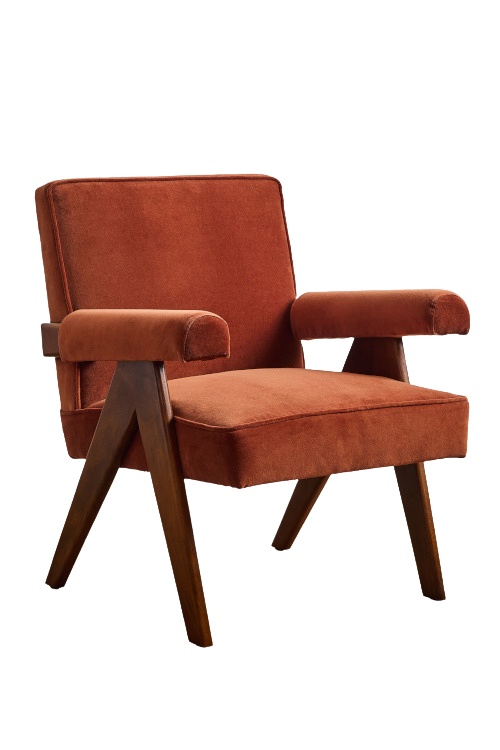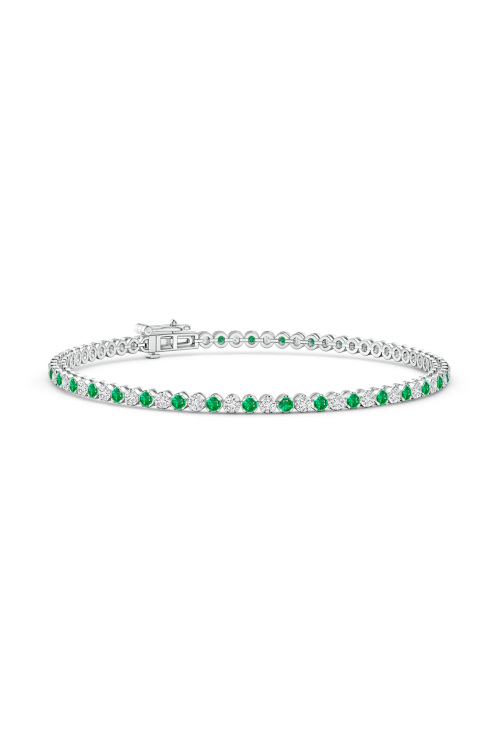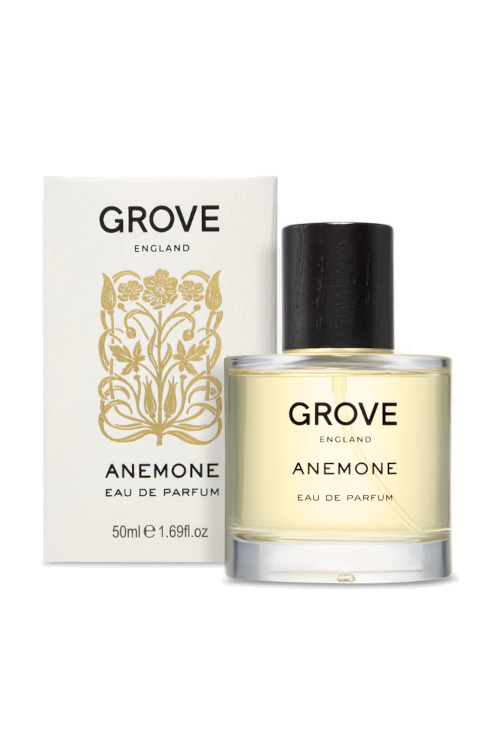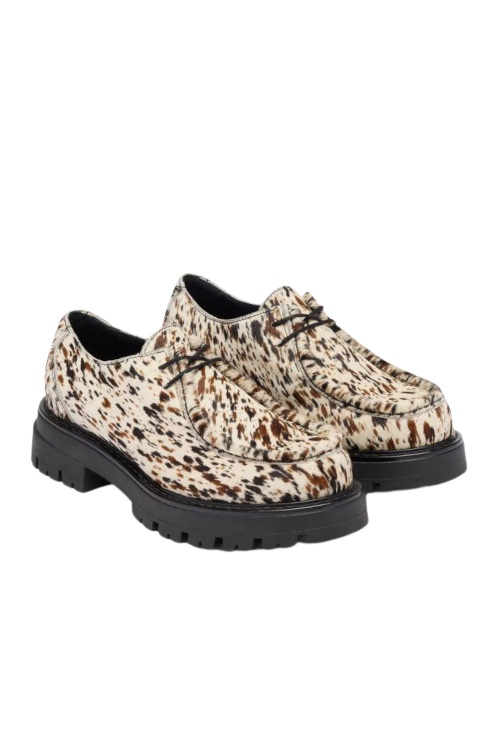
The Last Taboo: Intimate Procedures Are On The Rise
By
6 months ago
These are the intimate procedures women are turning to in 2025
As more intimate procedures are being performed than ever before, it’s high time we began talking about our private parts, Beatrice Aidin shares.
The Growing Popularity Of Intimate Procedures
Once upon a time, it was common for LA cosmetic surgeons to offer plastic surgery named of all things the ‘designer vagina’… created largely for the male gaze so that women’s intimate anatomy adhered to the pornographic ideal. Nowadays, intimate female procedures are mostly performed by women practitioners for women; to empower them, rather than devalue them, with non-surgical interventions and without painful surgery.
A long held taboo, those who are post-childbirth or in the menopause transition can suffer from vaginal laxity, incontinence and dryness. Basic anatomical irregularities such as enlarged labial folds can also cause distressing irritation and pain during sex, as well as UTIs.
Except we aren’t talking just about the vagina (the passage inside the body that connects the uterus, or womb, to the outside of the body) – most of the time we aren’t even using the correct vocabulary.
‘While the word vagina has become the more widely used term, the vulva refers to the external female genitalia, which includes the mons pubis, labia majora – outer lips where pubic hair grows – and labia minora – the inner lips, clitoris and urethral and vaginal openings,’ explains women’s health expert Dr Shirin Lakhani from Elite Aesthetics.
With intimate procedures on the rise, what’s important to accept, says Dr Sophie Shotter, is that ‘everyone’s vulva looks a bit different,’ adding: ‘The porn industry has done a terrible job of helping girls and women to accept this part of their bodies.’
Thankfully, it’s rare these days that women are seeking surgical intervention for looks alone. According to consultant gynaecologist Miss Tania Adib, who is performing considerably more procedures than eight years ago, 95 percent of women are having treatment for functional reasons ‘because it’s interfering with their life in some way,’ emphasises Miss Adib, who favours MonaLisa Touch, a laser treatment used to address vaginal atrophy.
The most common ‘down there’ issue is weak pelvic floor health. ‘It isn’t spoken about enough and it’s not something that not only affects women who have had children by vaginal delivery – it can affect all women,’ says Dr Shotter
It’s no laughing matter. Laxity can lead to incontinence or even prolapse, and for some women it can stop them from laughing at all in case they leak, which along with other vaginal issues can affect confidence terribly. Who wants to be dependent on Depends?
Dr Shotter highly recommends the Emsella chair in her clinic. Just 30 minutes sitting clothed on the loo-like chair delivers muscle contractions equivalent to over 10,000 Kegels with studies showing tightness increased by 64 percent after a course (she recommends to start with ten). The sensation is forceful but not painful. Supermodel Paulina Porizkova, an outspoken advocate for shining an unapologetic lens on ageing, has Instagrammed herself on the Emsella throne, crediting it for tightening her vaginal canal along with another advantage – stronger orgasms. ‘I do this on every visit to the office and my sex life thanks me.’ We’ll have what she’s having.
The Emsella chair is often combined with EmFemme 360 in clinic, which harnesses a radiofrequency probe inserted into the vagina to improve the blood flow, increase collagen elastin and moisture, which makes the tissues tighten and contract so the walls are stronger and tighter. Depending on laxity or dryness, your doctor will be able to recommend how many treatments you need and it too is considered painless – other than a slight warming sensation. It shows a 114 percent improvement of tightness in three sessions of just eight minutes. Body expert Dr Galyna Selezneva says this new and improved version of the EmFemme treatment has the advantage of a 360-degree turn of the probe that creates a uniform tightening of internal and external vaginal areas.
Dr Lakhani uses Empower RF, a similar radiofrequency device that she says helps to target the vagina wall, enhance sensitivity and lubrication and reduce incontinence to enhance quality of life.
When it comes to the labia, ‘a lot of women I see feel that they are too elongated, making it uncomfortable when they walk or cycle or horse ride; when the labia rub it can cause a lot of discomfort,’ says Miss Adib, who uses radiofrequency on the external lips.
For intense dryness which can cause bleeding and UTIs – and as for sex, forget it – Miss Adib also recommends the MonaLisa Touch laser. ‘It’s a probe that sends little jets of carbon dioxide that go a fifth of a millimetre into the skin. It works by tricking the body into the healing process, bringing in growth factors that promote collagen and healthy bacteria, all of which can help put the vagina back to a pre-menopausal state. It can be life changing.’
Miss Adib also uses EMFemme 360 for the reduction of the inner and outer labia flaps. ‘I run the radiofrequency probe along the labia, the inner labia and the outer labia, and it can shrink them. But alternatively if there is a lack of volume I will inject filler.’
On the subject of injections, New Gyn takes the DNA of trout gonads to create polynucleotides, which are injected for vaginal dryness, irritation, itching and recurrent UTIs, with trials showing a reduction on average of 60 percent for all conditions. Dr Yusra Al-Mukhtar combines polynucleotides with platelet rich plasma (PRP) ‘which can be used on its own or as an adjunct to improve symptoms’.
Certainly the goal for the doctors championing these procedures is to normalise intimate concerns – and to bring awareness to the solutions on offer, which are, for the most part, quick and pain free.
The effect these procedures can have on a woman’s quality of life, however, is unquestionably life-changing.




